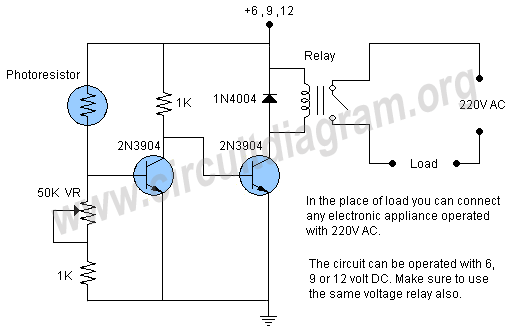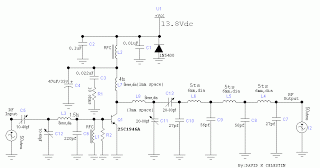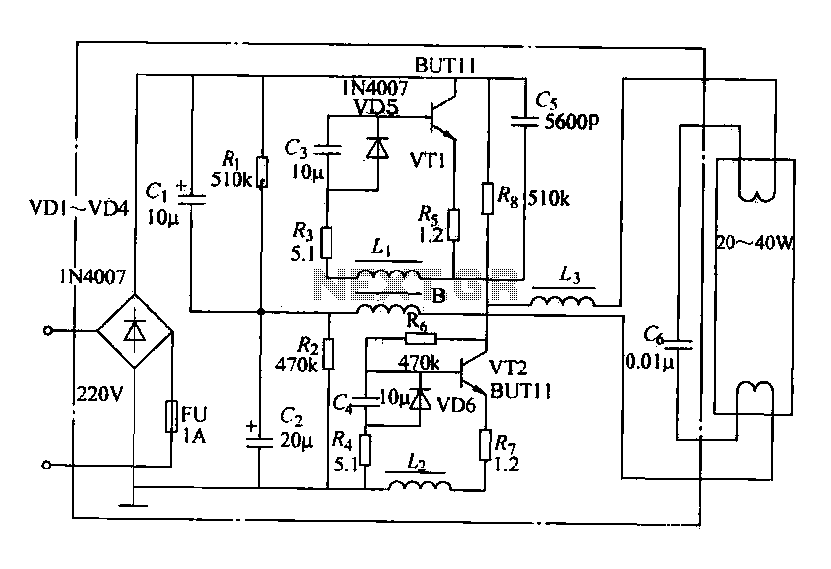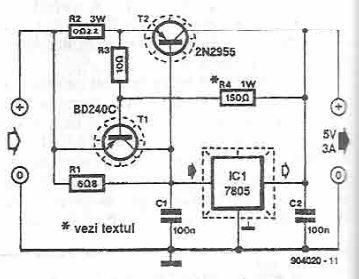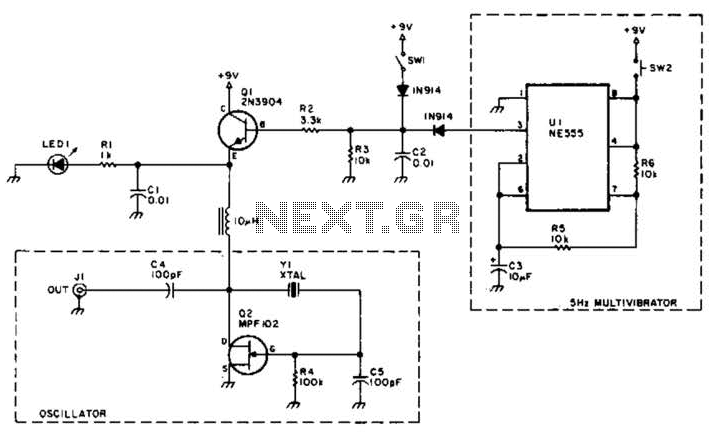
Voltage Doubler Circuit
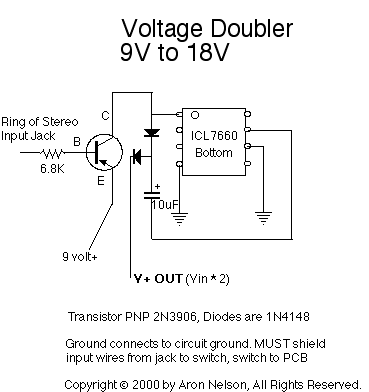
If you want to try a higher voltage with your pedals, try this simple and easy voltage doubler circuit which uses an ICL7660 CMOS Voltage Converter Chip. I have found that JFETs such as the J201 sound much better at 18V than they do at 9V with more clean to distorted headroom. Op amps should have more room to "breathe" before distorting and you may just find that an old circuit has new life.
The voltage doubler circuit described utilizes the ICL7660, a CMOS voltage converter chip that is well-suited for applications requiring voltage multiplication. The ICL7660 operates by using a charge pump technique, which effectively doubles the input voltage with minimal external components. The typical configuration involves connecting the ICL7660 in a standard voltage doubling arrangement.
The circuit generally consists of the ICL7660 chip, a few capacitors, and resistors. The input voltage is applied to the chip, and the output voltage is taken from a designated output pin. The basic operation of the ICL7660 involves charging a capacitor to the input voltage and then switching the configuration to discharge that capacitor to the output, effectively creating a higher voltage.
For optimal performance, it is important to select capacitors with appropriate voltage ratings and capacitance values. Typically, a 10 µF capacitor is used for the charge pump operation, and an additional capacitor may be employed at the output to stabilize the voltage. The choice of JFETs, such as the J201, is significant because they exhibit improved audio performance at higher voltages, providing better dynamic range and headroom for distortion effects.
In audio applications, operational amplifiers (op-amps) benefit from increased supply voltage as it allows for greater linearity and reduces the likelihood of clipping. This voltage doubler circuit can rejuvenate older pedal designs by providing the necessary voltage headroom for improved sound quality.
The design of this voltage doubler circuit is straightforward, making it accessible for both beginners and experienced engineers looking to enhance their audio equipment. Proper layout and component selection are essential to minimize noise and ensure stable operation, particularly in sensitive audio applications.If you want to try a higher voltage with your pedals, try this simple and easy voltage doubler circuit which uses an ICL7660 CMOS Voltage Converter Chip I have found that JFETs such as the J201 sound much better at 18V than they do at 9V with more clean to distorted headroom. Op amps should have more room to "breathe" before distorting and you may just find that an old circuit has new life.
🔗 External reference
The voltage doubler circuit described utilizes the ICL7660, a CMOS voltage converter chip that is well-suited for applications requiring voltage multiplication. The ICL7660 operates by using a charge pump technique, which effectively doubles the input voltage with minimal external components. The typical configuration involves connecting the ICL7660 in a standard voltage doubling arrangement.
The circuit generally consists of the ICL7660 chip, a few capacitors, and resistors. The input voltage is applied to the chip, and the output voltage is taken from a designated output pin. The basic operation of the ICL7660 involves charging a capacitor to the input voltage and then switching the configuration to discharge that capacitor to the output, effectively creating a higher voltage.
For optimal performance, it is important to select capacitors with appropriate voltage ratings and capacitance values. Typically, a 10 µF capacitor is used for the charge pump operation, and an additional capacitor may be employed at the output to stabilize the voltage. The choice of JFETs, such as the J201, is significant because they exhibit improved audio performance at higher voltages, providing better dynamic range and headroom for distortion effects.
In audio applications, operational amplifiers (op-amps) benefit from increased supply voltage as it allows for greater linearity and reduces the likelihood of clipping. This voltage doubler circuit can rejuvenate older pedal designs by providing the necessary voltage headroom for improved sound quality.
The design of this voltage doubler circuit is straightforward, making it accessible for both beginners and experienced engineers looking to enhance their audio equipment. Proper layout and component selection are essential to minimize noise and ensure stable operation, particularly in sensitive audio applications.If you want to try a higher voltage with your pedals, try this simple and easy voltage doubler circuit which uses an ICL7660 CMOS Voltage Converter Chip I have found that JFETs such as the J201 sound much better at 18V than they do at 9V with more clean to distorted headroom. Op amps should have more room to "breathe" before distorting and you may just find that an old circuit has new life.
🔗 External reference
